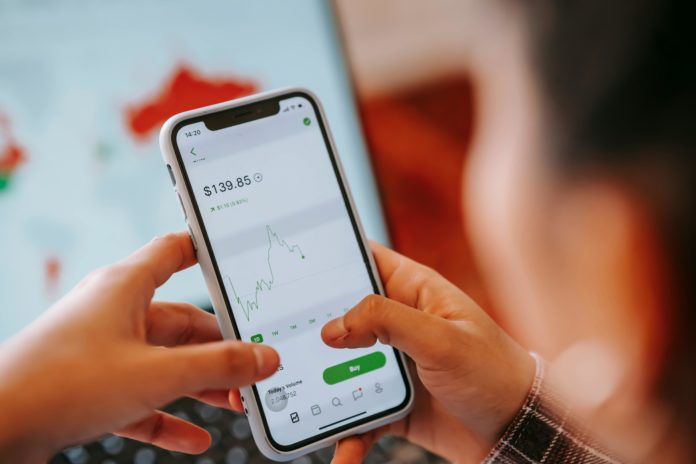In the fast-paced world of finance, day trading futures has emerged as a lucrative opportunity for savvy investors looking to capitalize on market fluctuations. With the potential for high returns and the allure of being your own boss, it’s no wonder that many individuals are drawn to this exciting form of trading. However, the question remains: Do you need $25,000 to day trade futures?

Understanding Day Trading Futures
Before delving into the financial requirements, it’s essential to understand what day trading futures entails. Unlike traditional investing, where positions are held for an extended period, day trading involves buying and selling financial instruments within the same trading day. Futures contracts are agreements to buy or sell assets at a predetermined price on a specified future date. Day traders capitalize on short-term price movements in these contracts, aiming to profit from fluctuations in the market.
The Pattern Day Trading Rule
One of the primary considerations for day traders in the United States is the Pattern Day Trading (PDT) rule, established by the Financial Industry Regulatory Authority (FINRA). According to this rule, individuals must maintain a minimum account balance of $25,000 in order to engage in day trading activities on a frequent basis. Failure to meet this requirement could result in restrictions on trading activities.
Meeting the Minimum Account Balance
For aspiring day traders, the $25,000 minimum account balance can seem like a significant barrier to entry. However, there are several strategies that individuals can employ to meet this requirement:
1. Personal Savings or Investments
Many day traders fund their accounts using personal savings or investments. By allocating a portion of their assets to day trading, individuals can meet the minimum account balance while still diversifying their overall investment portfolio.
2. Margin Accounts
Some brokerage firms offer margin accounts, which allow traders to borrow funds to meet the minimum balance requirement. While this can provide flexibility in funding, it’s essential to understand the risks associated with margin trading, including the potential for increased losses.
3. Gradual Investment
Rather than depositing the full $25,000 upfront, some traders choose to gradually increase their account balance over time. By starting with a smaller initial investment and consistently adding funds, individuals can work towards meeting the PDT rule threshold.
Risk Management and Trading Strategies
Regardless of the initial investment amount, successful day trading requires a solid understanding of risk management principles and effective trading strategies. Here are some key considerations:
1. Setting Realistic Goals
It’s crucial for day traders to set realistic profit targets and risk thresholds for each trade. By establishing clear goals and adhering to disciplined trading practices, individuals can mitigate potential losses and maximize returns.
2. Utilizing Stop-Loss Orders
Stop-loss orders are essential risk management tools that automatically sell a security when it reaches a predetermined price. By implementing stop-loss orders, traders can limit their losses and protect their capital from significant downturns in the market.
3. Diversification
Diversifying trading strategies and asset classes can help spread risk and optimize returns. By incorporating a variety of financial instruments into their portfolio, day traders can capitalize on opportunities in different market sectors while minimizing overall exposure to risk.
Conclusion
In conclusion, while the Pattern Day Trading rule imposes a $25,000 minimum account balance requirement for day trading futures, there are various strategies that individuals can employ to meet this threshold. Whether through personal savings, margin accounts, or gradual investment, aspiring day traders can embark on this exciting journey with careful planning and risk management. By understanding the nuances of day trading and implementing effective strategies, investors can navigate the complexities of the market and pursue their financial goals.


